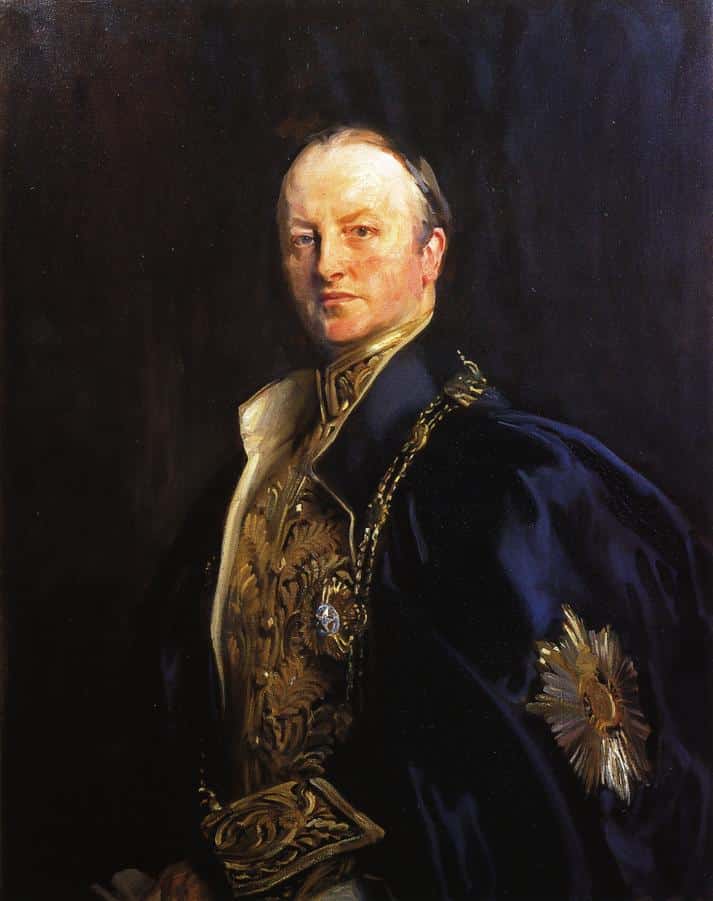“Lord Curzon’s Administration of India: What He Promised; What He Performed” by Syed Sirdar Ali Khan can be considered a well-written source of Lord Curzon’s rule as Viceroy of India. The source’s weight, validity, and value can be assessed when looking at its origin, purpose, and provenance.
Syed Ali Khan states “…he deserves to be remembered with gratitude by the India community in general”, this can be proven when looking into the reforms and changes in status quo done by Lord Curzon in his tenure as Viceroy of India.
He set up investigation committees on education, police, and state administration reduced taxes, and also ordered the immediate prosecution of all British personnel who ill-treated Indian nationals (this was something that was never done before Lord Curzon’s tenure). However, he also required the Indian ruling class to bow down to his requests, this, in turn, created bad blood between him and the latter.
This conflict of interests can be considered a reason for the distaste that the Indian community held towards Curzon in the years to come. Therefore, the statement by Syed Ali Khan on the gratitude that was supposed to be given to Lord Curzon by the Indian public is true.
Even though Khan states “…there is no instance on record of an Indian Viceroy…bring himself to personal contact…with every…denomination of the three hundred million over which he had supreme control”, it is agreeable that he did not see the Indian natives as capable as the British in the ways of ruling a country. This was his administration’s biggest critical failing.
He saw his duty as reasonably governing India; Indians, he felt, were clearly not prepared to do so themselves. When questioned why he did not nominate a single Indian to his advisory committee, he had responded that there was no single Indian fit for the post in the whole nation of 300 million citizens.
This shows that no matter how good his plans and ideologies for a better India were, he did not see Indians (the rightful owners of the country) capable of ruling their own country. Thus, making him highly unpopular among the locals. Therefore, Khan’s statement can be considered untrue due to the facts pointed out above.
Khan’s statement on Curzon’s unpopularity when leaving India can be considered true. One of the main reasons for this was the implementation of Curzon’s “Divide and Rule” initiative. He initiated this with the partition of Bengal, into two different provinces. The states were divided under religious grounds, with the Hindus in West Bengal and the Muslims in East Bengal. This caused the people of both provinces to revolt against British rule, due to the rapid spreading of nationalistic ideologies among them.
The Indians, both Hindu, and Muslim, believed that they were being deprived of their indigenous land and began to boycott British goods and businesses. While this strategy of “Divide and Rule” would be fruitful from an administrative point of view, it was not, from an ethical point of view. This would also prove Khan’s statement which says “It is impossible that a reformer of his stamp could be totally popular.”
It is important to take into account that provenance plays a significant role when deciding the weight of a source. Syed Sirdar Ali Khan being an Indian aristocrat is a very important factor, since it would be the main ideology that the aristocracy and the Indian nobles would find Curzon’s rule inadequate. However, Khan can be seen praising Curzon’s achievements and contributions to India.
This can be seen as an example to show that they too could not deny the fact that Curzon, regardless of his weak points, did long-term good for India. Further, the fact that Khan writes about Curzon’s rule in 1905, which was the year that the latter ended his tenure as Viceroy of India, shows that he wanted the Indian nationals to understand that not all of Curzon’s rule was bad and he had indeed done well for Indian as written above.
The year in which the book was written would also prove that the information brought out can be deemed accurate and valid.
In conclusion, it is possible to come to a conclusion that “Lord Curzon’s Administration of India: What He Promised; What He Performed” by Syed SirdarAli Khan is a source of medium weight, and would prove quite useful to the historian when enquiring into the significance of Lord Curzon’s rule as Viceroy of India from 1899 to 1905.

